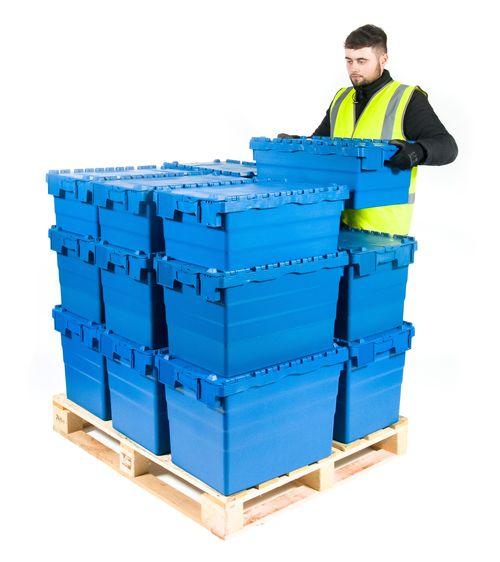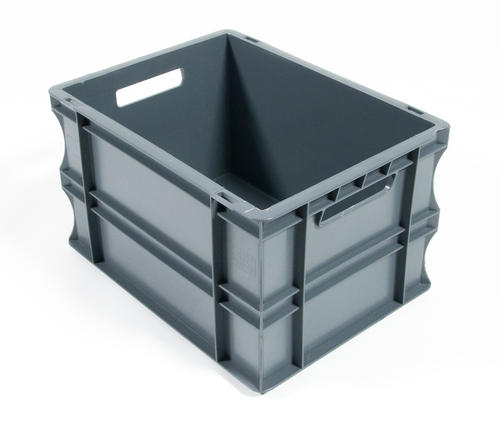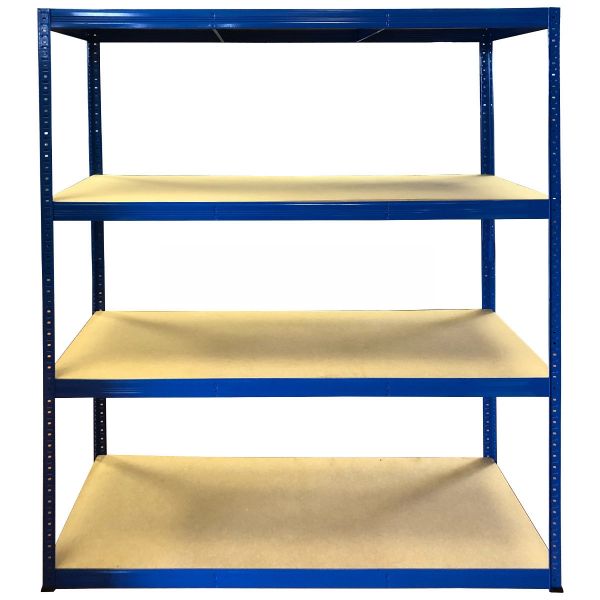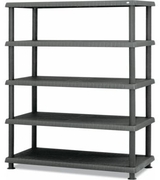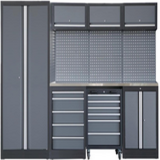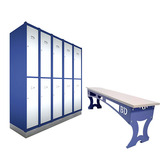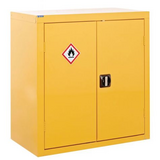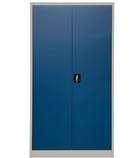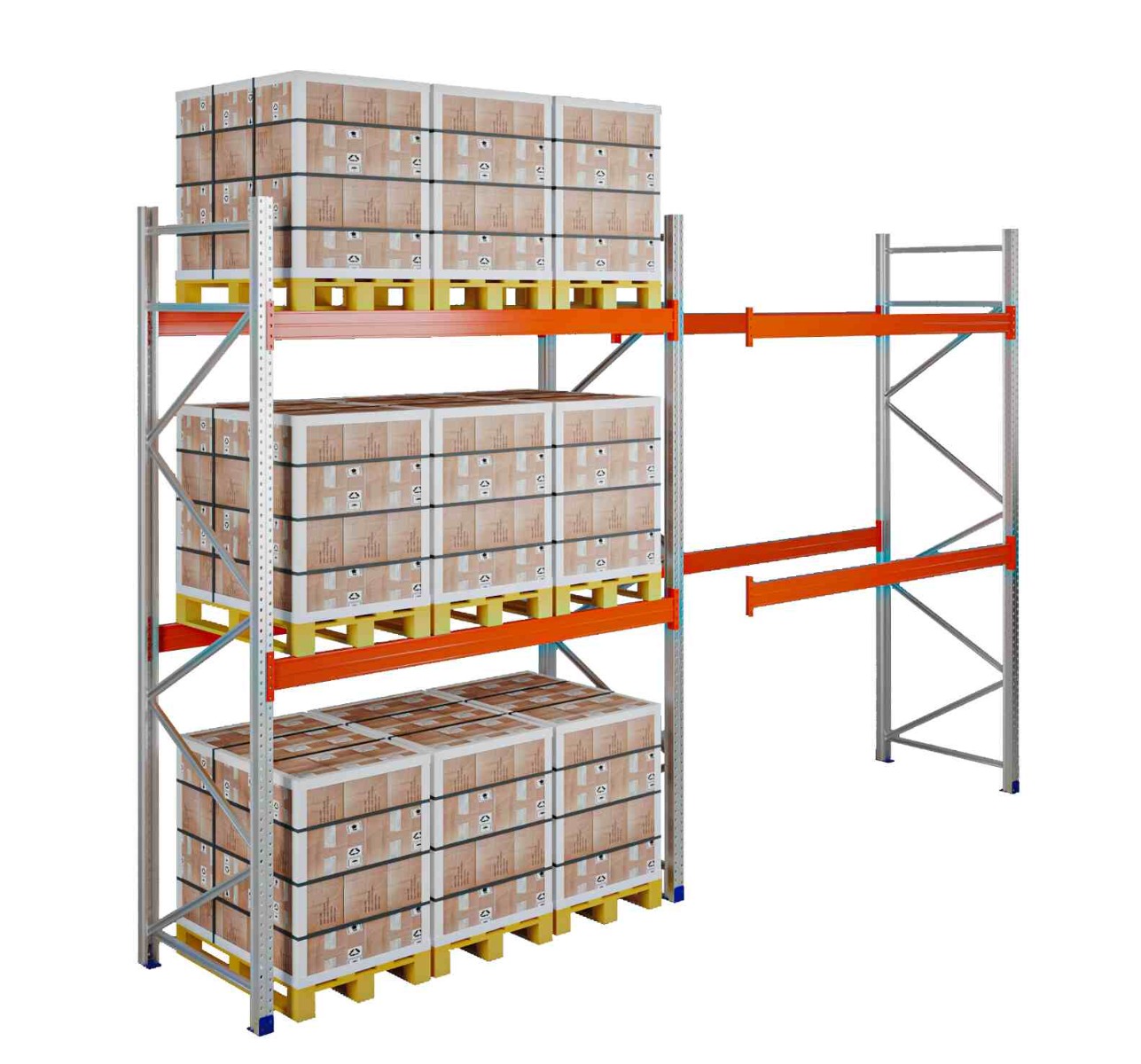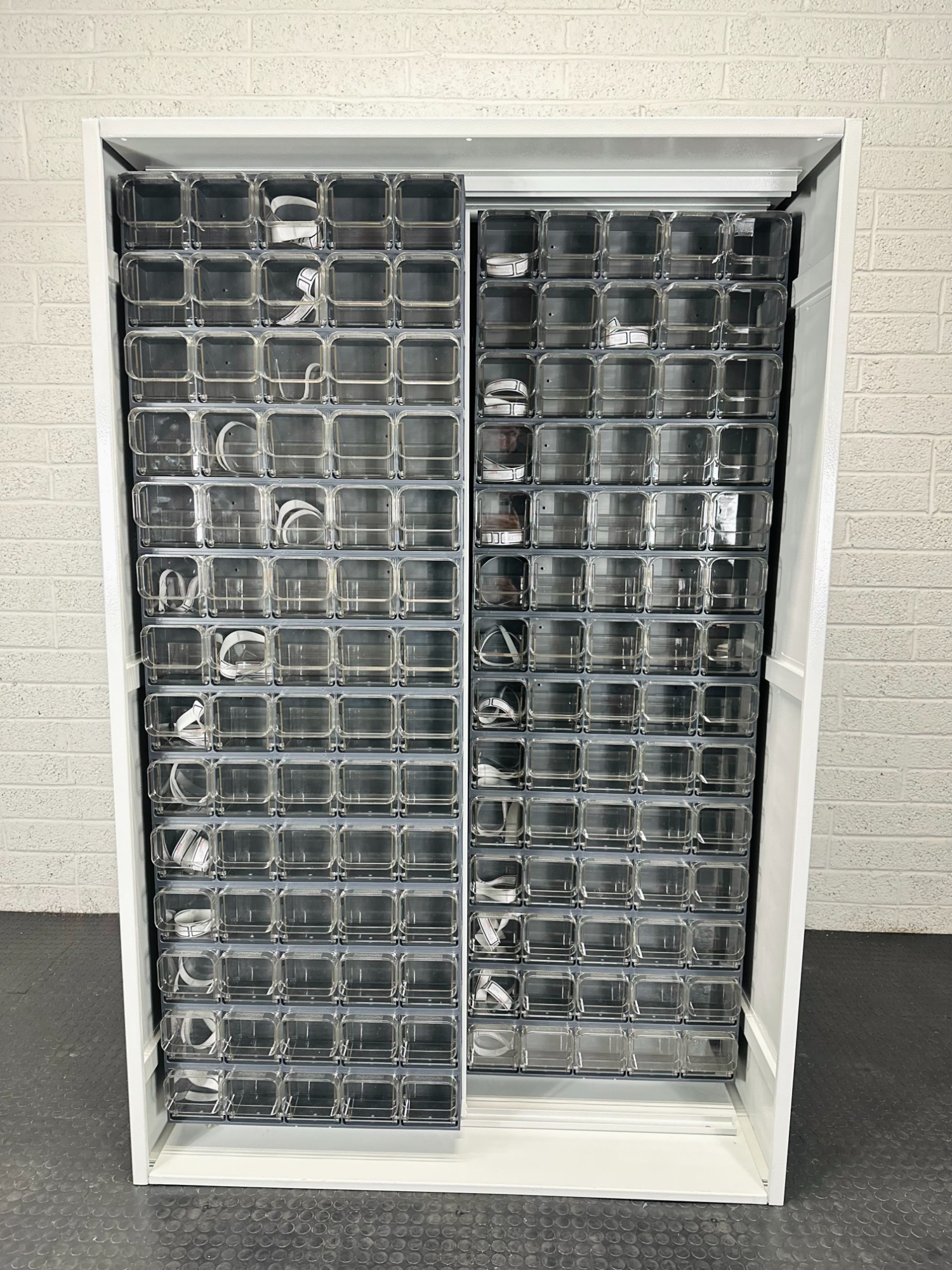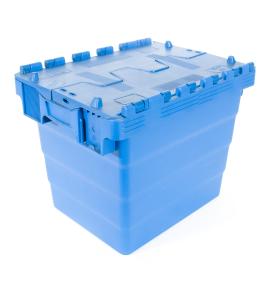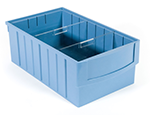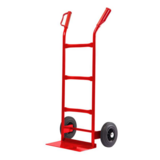A Guide to Chemical Storage Regulations in the Warehouse
There are many risks involved when dealing with hazardous chemicals, harmful gasses and flammable substances. For this reason, they are subject to many strict rules and regulations in regard to storing them on-site within your warehouse. At the end of the day, you and your employee's health and safety are a priority, and it is vital that all standards of practice and regulations are adhered to in order to minimise risk and ensure all operations within the warehouse are carried out as safely and lawfully.
Here at RackZone, we want to ensure that you are familiar with all chemical storage regulations. We have put together this short guide on the importance of correct chemical storage and handling with some easy-to-remember tips and tricks to help you stick to regulation!
Key duties of employers and employees
According to the applicable health and safety legislation, employers and employees have important responsibilities when it comes to chemical storage and handling.
Employers are required to:
- Determine which hazardous substances are present in the workplace.
- Assess the risks to employees and others from the presence of these hazardous substances.
- Prevent or control exposure to hazardous substances to as low a level as is reasonably practicable.
- Have arrangements in place to deal with accidents, incidents and emergencies.
- Provide information, training and consultation to employees.
- Make available health surveillance to employees.
Employees are required to:
- Co-operate with their employer.
- Make full and proper use of control measures, for example, using extract ventilation where provided, and report any defects.
- Report any defects in equipment immediately to the employer as appropriate.
- Report any accident or incident which may have resulted in the release of a dangerous chemical/substance into the workplace.
What hazards are associated with chemicals?
Chemicals are present in every workplace, not just warehouses. Chemicals exist in many forms, such as dust, fumes, fibres, powders, liquids, gases, vapours and mists. Any chemical, in either gas, liquid or solid form that has the potential to cause harm is referred to as a hazardous or dangerous chemical. Such chemicals include those that are brought directly into the workplace and handled, stored and used for processing, generated by a process or work activity or generated as waste or residue, for example, fumes from soldering iron. Chemicals can cause many different types of harm, ranging from mild skin irritation to cancer, so it is vital that all chemicals within the warehouse are stored and handled in the correct manner. The effects of hazardous chemicals may be seen immediately after contact (e.g. chemical burn) or many years after the exposure (e.g. lung cancer following exposure to asbestos). The effects can also be seen following a single short exposure (e.g. infrequent use of a chemical) or longer-term exposures (e.g. daily use of a chemical in the workplace).
How to correctly store hazardous chemicals
Hazardous chemicals should be stored properly, taking into account their individual characteristics and specific properties. It's also important to take note of any conditions that could lead to dangerous reactions; for instance, chemicals that can react together to form unstable or toxic products, or produce heat, should be kept segregated. As well as ensuring all flammable liquids are stored away from any heat source to minimise the risk of a fire. Chemicals known to be carcinogenic, mutagenic or toxic to reproduction should be kept under strict control. Chemicals with typical properties and characteristics that are relevant include flammable chemicals, toxic or corrosive chemicals, chemicals that emit highly toxic fumes in the event of a fire, chemicals which give off flammable gas, oxidising chemicals, explosives, unstable chemicals and compressed gases. When storing hazardous chemicals, it is vital that you consider the following:
- The compatibility of different chemicals. For example, oxidising chemicals should be kept separate from flammable liquids or other flammable chemicals.
- Limiting the quantities of chemicals to be stored.
- Ensuring there is adequate security of and access to storage areas. Potential ignition sources should be prohibited or controlled.
- A safe location for storage areas. In order to minimise the effects of an incident, storage areas for chemicals should be kept separate from process areas, occupied buildings and other storage areas.
- The appropriate construction, nature and integrity of storage containers.
- Safe loading, unloading and transport around the workplace.
- Adequate precautions and procedures in case of spillage.
- Temperature, humidity and ventilation arrangements. Ventilation arrangements should ensure that there is no accumulation of gases, vapours or fumes in enclosed areas.
Before making a decision, you must always take into consideration the following five principles.
- Is there plenty of fresh air where my flammable liquids are being stored and used? Ventilation is essential.
- Have all the obvious Ignition sources been removed from your storage and handling areas?
- Are your substances Contained in suitable units?
- Can you Exchange a flammable substance for something less aggressive?
- Are your flammable substances Separated correctly and kept away from other process and storage areas?
When dealing with Chemicals, there is always the risk of an emergency occurring. Knowing what to do in the event of a chemical accident, incident, or emergency is crucial for both you and your staff. This could include your evacuation plan or what to do if you unintentionally come into contact with a chemical. Relevant emergency training will help increase the readiness of your workforce and reduce the impact of a potential emergency, should it occur.
RackZone Chemical Storage Solutions
Our collection of Hazardous Cupboards is extensive and offers a variety of sizes to cater to your unique needs. The Hazardous Cupboard - Including 1 Shelf - 900h x 900w x 460d mm is compact and ideal for limited spaces, whereas the Hazardous Cupboard - Including 2 Shelves - 1200h x 900w x 450d mm offers extra storage room. For those requiring even more storage, we have the Hazardous Cupboard - Including 3 Shelves - 1800h x 900w x 460d mm and the Hazardous Cupboard - Including 3 Shelves - 1800h x 1200w x 460d mm.
Each of our Hazardous Cupboards are COSHH-approved and comes with built-in shelves, making it easier to organise and segregate your chemicals according to their compatibility. They are designed to withstand the rigours of a busy work environment while maintaining the integrity needed for the safe storage of hazardous substances. Investing in these purpose-built storage solutions is a tangible way of demonstrating your commitment to health and safety, further enhancing your overall chemical storage strategy.
If you would like further information regarding the regulation and safe storage of chemicals within your warehouse, all legislation and regulations can be found on the Health Safety Authority website. Additionally, information and advice on chemicals are also available from the HSA through a dedicated Chemicals Helpdesk, which provides a direct query service by e-mail, [email protected] or by phone, 1890 289 389. Here at RackZone, we specialise in warehouse optimisation with a wide range of shelving, pallet racking and chemical storage cabinet options. Contact us today at [email protected] and chat with one of our expert team members to discuss your storage needs; we would be happy to help!







